Micro-Satellite Systems Design, Integration, and Flight
- PMID: 38675266
- PMCID: PMC11052519
- DOI: 10.3390/mi15040455
Micro-Satellite Systems Design, Integration, and Flight
Abstract
Within the past decade, the aerospace engineering industry has evolved beyond the constraints of using single, large, custom satellites. Due to the increased reliability and robustness of commercial, off-the-shelf printed circuit board components, missions have instead transitioned towards deploying swarms of smaller satellites. Such an approach significantly decreases the mission cost by reducing custom engineering and deployment expenses. Nanosatellites can be quickly developed with a more modular design at lower risk. The Alpha mission at the Cornell University Space Systems Studio is fabricated in this manner. However, for the purpose of development, the initial proof of concept included a two-satellite system. The manuscript will discuss system engineering approaches used to model and mature the design of the pilot satellite. The two systems that will be primarily focused on are the attitude control system of the carrier nanosatellite and the radio frequency communications on the excreted femto-satellites. Milestones achieved include ChipSat to ChipSat communication, ChipSat to ground station communication, packet creation, error correction, appending a preamble, and filtering the signal. Other achievements include controller traceability/verification and validation, software rigidity tests, hardware endurance testing, Kane damper, and inertial measurement unit tuning. These developments matured the technological readiness level (TRL) of systems in preparation for satellite deployment.
Keywords: CDMA; GFSK; IMU tuning; Kane damper; MBSE; PD controller; RF communication; RTL-SDR; TI-RTOS; TinyGS; controller optimization controller modeling; controller verification and validation; forward error correction; matched filtering; systems engineering.
Conflict of interest statement
The authors declare no conflicts of interest.
Figures









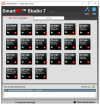

















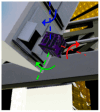











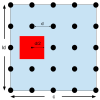




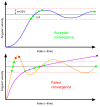


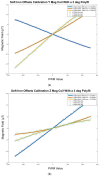



References
-
- Jones H. The Recent Large Reduction in Space Launch Cost; Proceedings of the 48th International Conference on Environmental Systems ICES-2018-81; Albuquerque, NM, USA. 8–12 July 2018.
-
- Moltz J. The Changing Dynamics of Twenty-First-Century Space Power. J. Strateg. Secur. 2019;12:15–43. doi: 10.5038/1944-0472.12.1.1729. - DOI
-
- Pittella A., Sands T. Optimal Propellant-less Control of a Solar Sail. Preprints. 2022;1:2022100007. doi: 10.20944/preprints202210.0007.v1. - DOI
LinkOut - more resources
Full Text Sources
Miscellaneous

